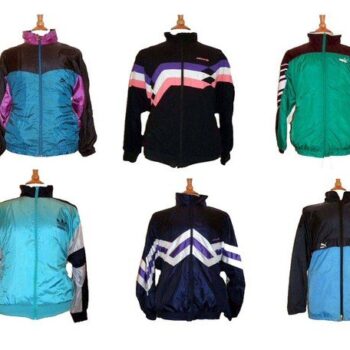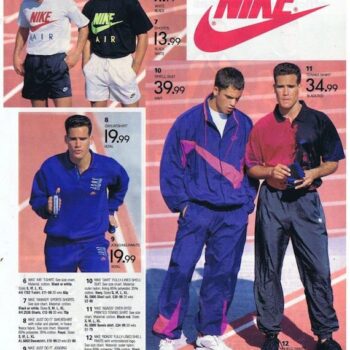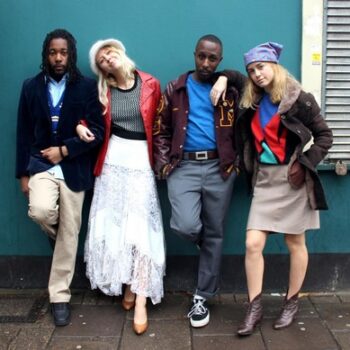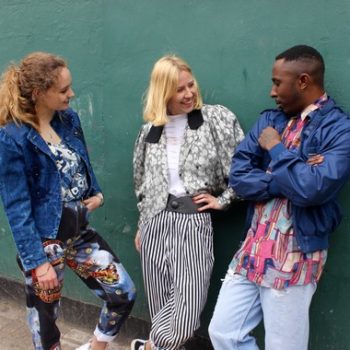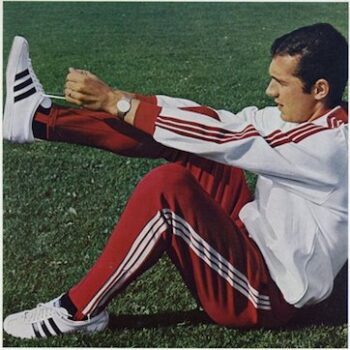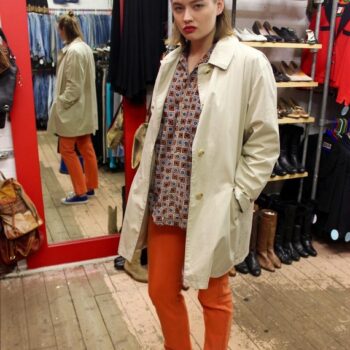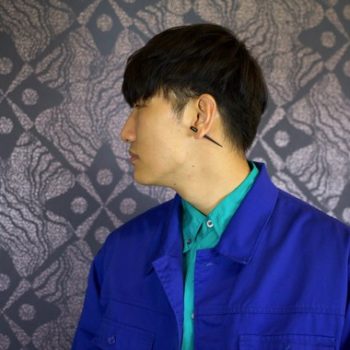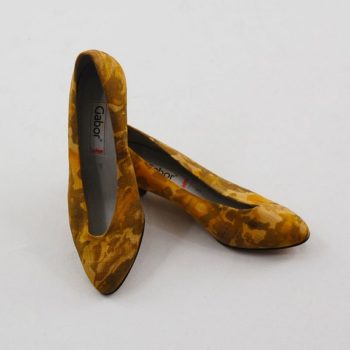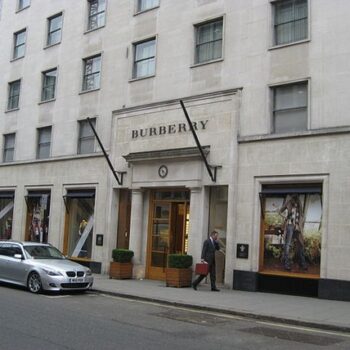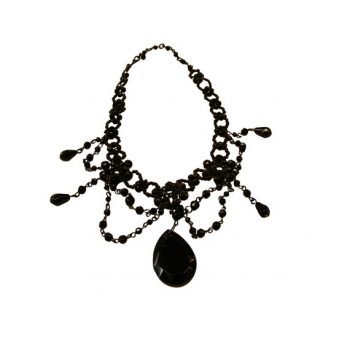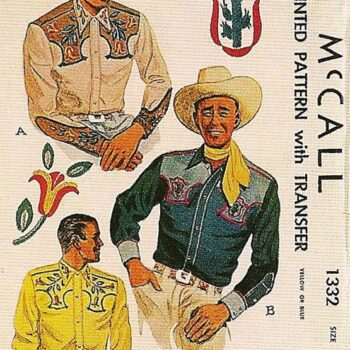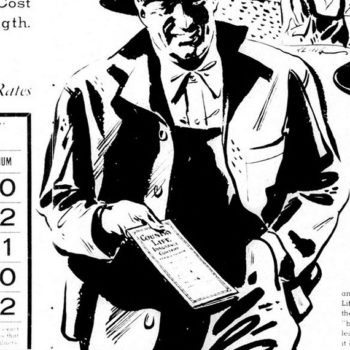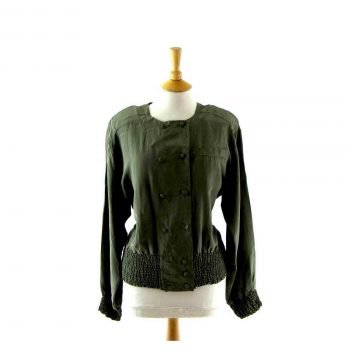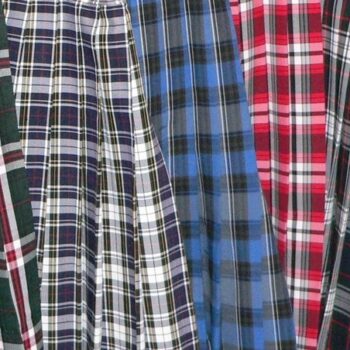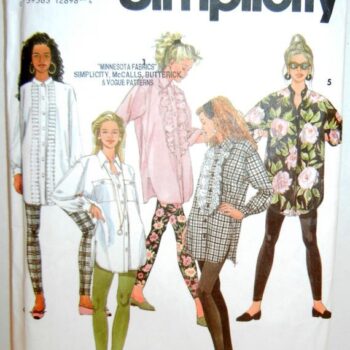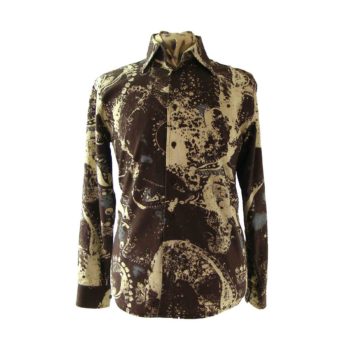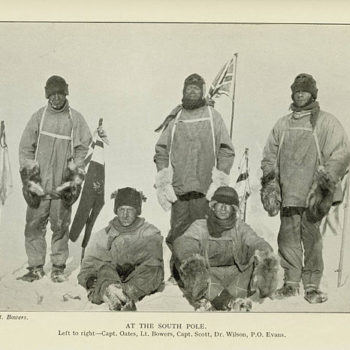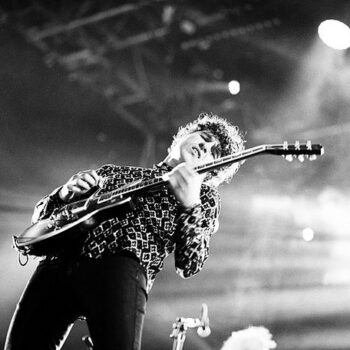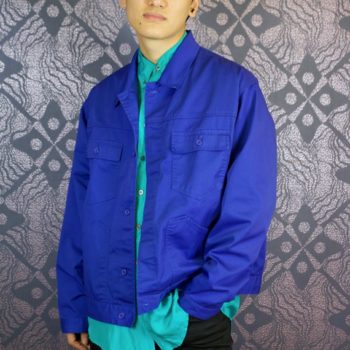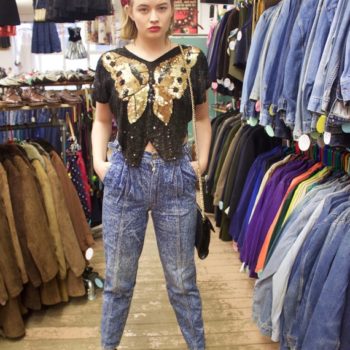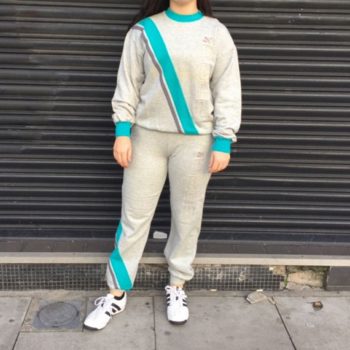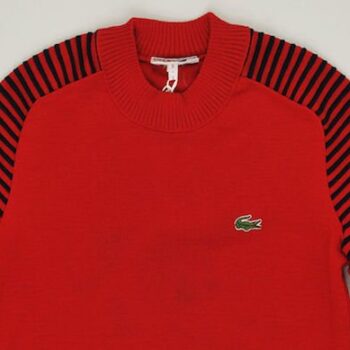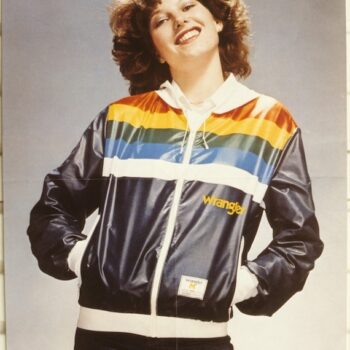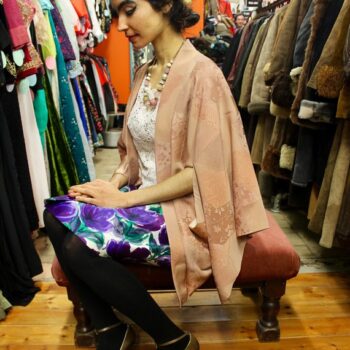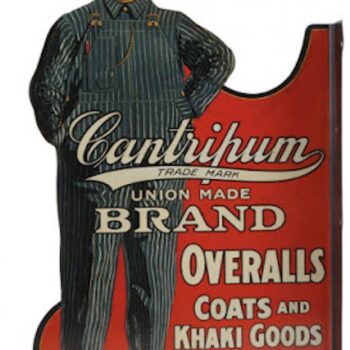Vintage Trainers for connoisseurs
April 25, 2015Wearing vintage trainers marks you out as a person in the know. Vintage trainers are often an emotive, subjective choice.
There were always people into the latest thing, and those who prefer to reflect on the great examples of historic designs in search of the subtle markers of their time.
Collectable Vintage Trainers
As one knowledgeable vintage trainers historian calls them, vintage trainers are “an outward reflection of context and culture”.
They’re collectible design icons, just like vintage bikes, sports cars, an Alvar Aalto 1930s chair or Franck Kaj glassware.
They’re influential, in the sense that they colour the mood of an entire demographic, and covetable, because the materials they’re made of are so transient.
Vintage Trainers – the Classics
Undeniable classics are known to everybody:
- Converse All Star, favoured by punks and chic fashionistas alike;
- Nike Air Jordans (which design student doesn’t drool at that legendary 1985 Michael Jordan ad?);
- Puma Suedes from 1968; Adidas classic Superstar shoe.
Vintage Trainers with History
Vintage trainers denote belonging to a certain era, trend or tribe.They tell which music or films you might subscribe to.
You might not be aware of the historic Black Power salute made by the Olympian Tommy Smith back in 1968 while wearing the classic Puma Suedes, but many hip-hop stars and skaters have endorsed the shoe ever since, layering the history of these beautiful vintage trainers.
Nike Air Force 1 – The forefathers of things to come
Nike Air Force 1, released in 1982, were the first basketball shoe to feature Nike’s air cushioning system.
Much loved on and off the court, they were the forefathers of the Air Max and Air Jordan ranges.
Nike Air Jordan 1, released in 1985 in now iconic red and black colourway, opened the design floodgates of chunky, cushioned hi-tops.
They’re as collectable as vintage trainers can be, and originals are highly coveted.
Men’s Onitsuka Tiger – Vintage Trainers in Kill Bill
If anyone was paying attention to Uma Thurman’s footwear in Kill Bill, they’d see that her yellow and black outfit was teamed with impeccable Men’s Onitsuka Tiger Mexico 66 shoe.
A complete beauty (Thurman was okay too), Onitsuka Tiger Mexico 66 were first introduced in 1966 bearing the trademark tiger stripes.
The kicks give an effortless vintage vibe by its choice of materials and the stylish design. With leather and suede uppers, textile insole and the EVA cushioned midsole, this is clearly a shoe in which to behead all your enemies.
Japan’s Onitsuka Tiger developed the Corsair, which features the curved tiger stripes along the sides.
The vintage trainers you should start with
Three Nike models in historic succession:
Nike Cortez, Nike Vandals and Nike Air Max, should be the spine of any respectable vintage trainers collection.
Nike Cortez, released in 1972, are a redesign of the Onitsuka Tiger Corsair, which was designed by Phil Knight and Bill Bowerman, who later joined the Nike team.
Featuring the same colourway as the Corsair – white, red and blue – Cortez has never been out of production since the 70s.
Nike Vandals in The Terminator
Nike Vandals, the brutal, bold kicks worn by Kyle Reese (Michael Biehn) in the first Terminator movie back in 1984, are another classic not to be overlooked.
Reese pulls them on after arriving in 1984 from the future, and instantly they become a classic and a metaphor for power. The Vandals feature uppers in suede with an oversized leather tick, which in itself is the design equivalent of shoulder pads and the brassy 80s.
Newly issued Nike Blazers Vintage are very similar to the Vandals, but without the velcro strap on the heels.
Nike Air Max 95s
And if Vandals are quintessentially 80s, then Nike Air Max 95 are quintessentially mid-90s:
the old-school simplicity married to high-tech features, shadow layer-on-layer colouring and neon details could just as well as any work of art sum up this period.
Vintage Trainers in Lost in Translation
So what follows the 90s? Nike Air Woven, as seen laced up on the feet of Bill Murray in Sofia Coppola’s 2003 film Lost in Translation.
A struggling actor and a melancholy human being, Murray wears what looks like a home-knitted grandpa slipper, but on the second glance reveals itself to be Nike Air Woven, first dropped in 2000, the same year as another iconic early twenty-first century design, Nike Air Presto.
Vintage Trainers – The Nike Air Presto
Nike Air Presto was marketed as “the t-shirt for the foot” due to its unique XXXS-XXXL sizing owing to its elastic uppers.
Presto was reworked as HTM (the initials of design team Hiroshi Fujiwara, Tinker Hatfield, Mark Parker, responsible for Air Max 1), and is the ultimate in collectability and comfort.
Many shoes are left out of this vintage trainers list: Retro Hare Jordan Trainers.
Vintage Nike Blazers. Some would even say some Sergio Taccinis. Definitely some cult Adidas models. But as we said at the beginning of this article, vintage trainers are a subjective choice and everyone charts a history of their own.
Converse X Varvatos 2007
Puma Suede Vintage trainers
Nike Air Force 1 1982
Nike Air Jordan 1 1985 Vintage Trainers
Onitsuka Tiger Mexico 66 yellow and black
Onitsuka Tiger Corsair
Nike Cortez 1972
Nike Cortez Vintage trainers
Nike Blazer and Terminator 1984
Nike Blazer
Vintage Nike Air max 1995
Nike Air Woven, 2000 and Bill Murray in Lost in Translation, 2003
Nike Presto 2000







